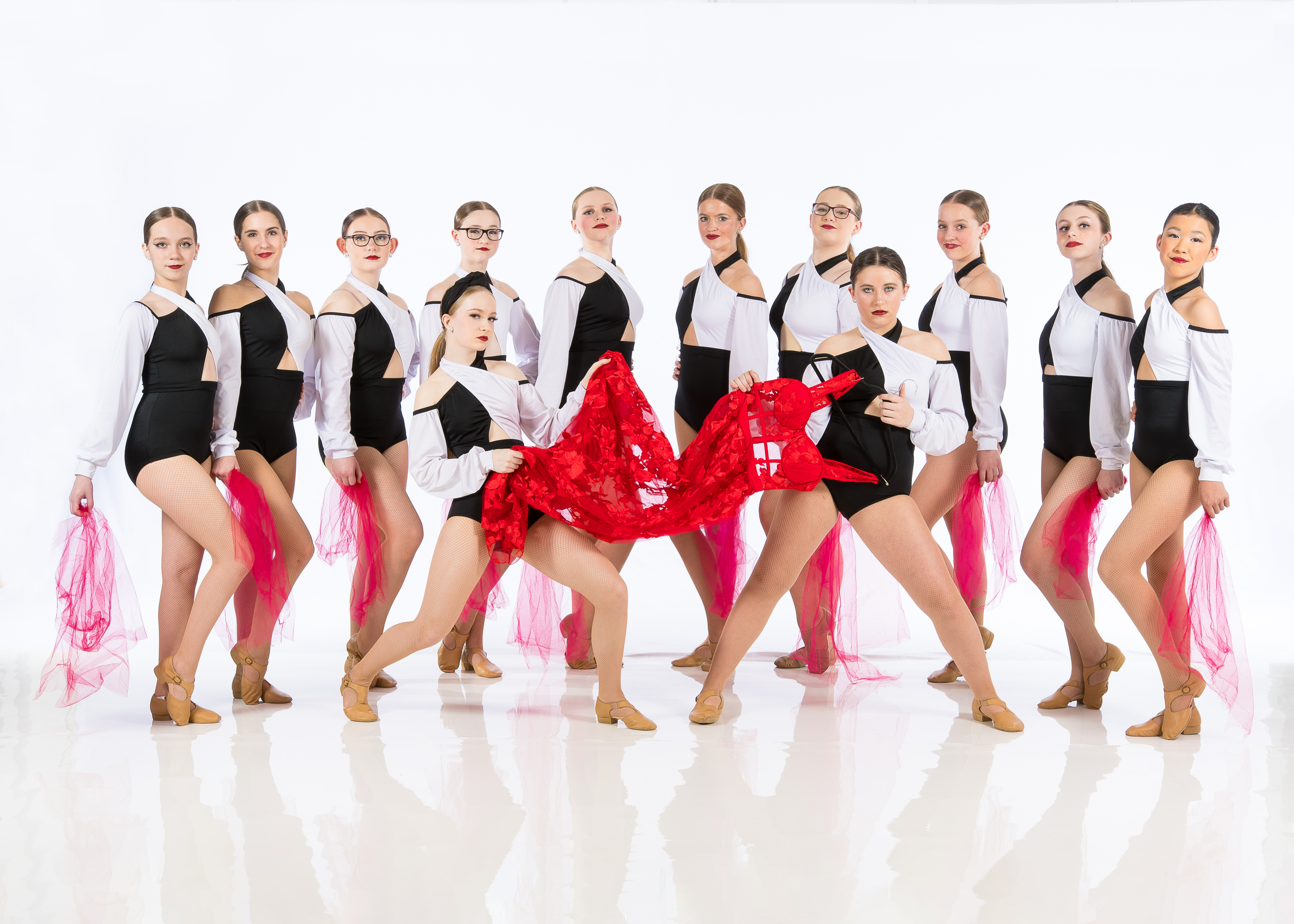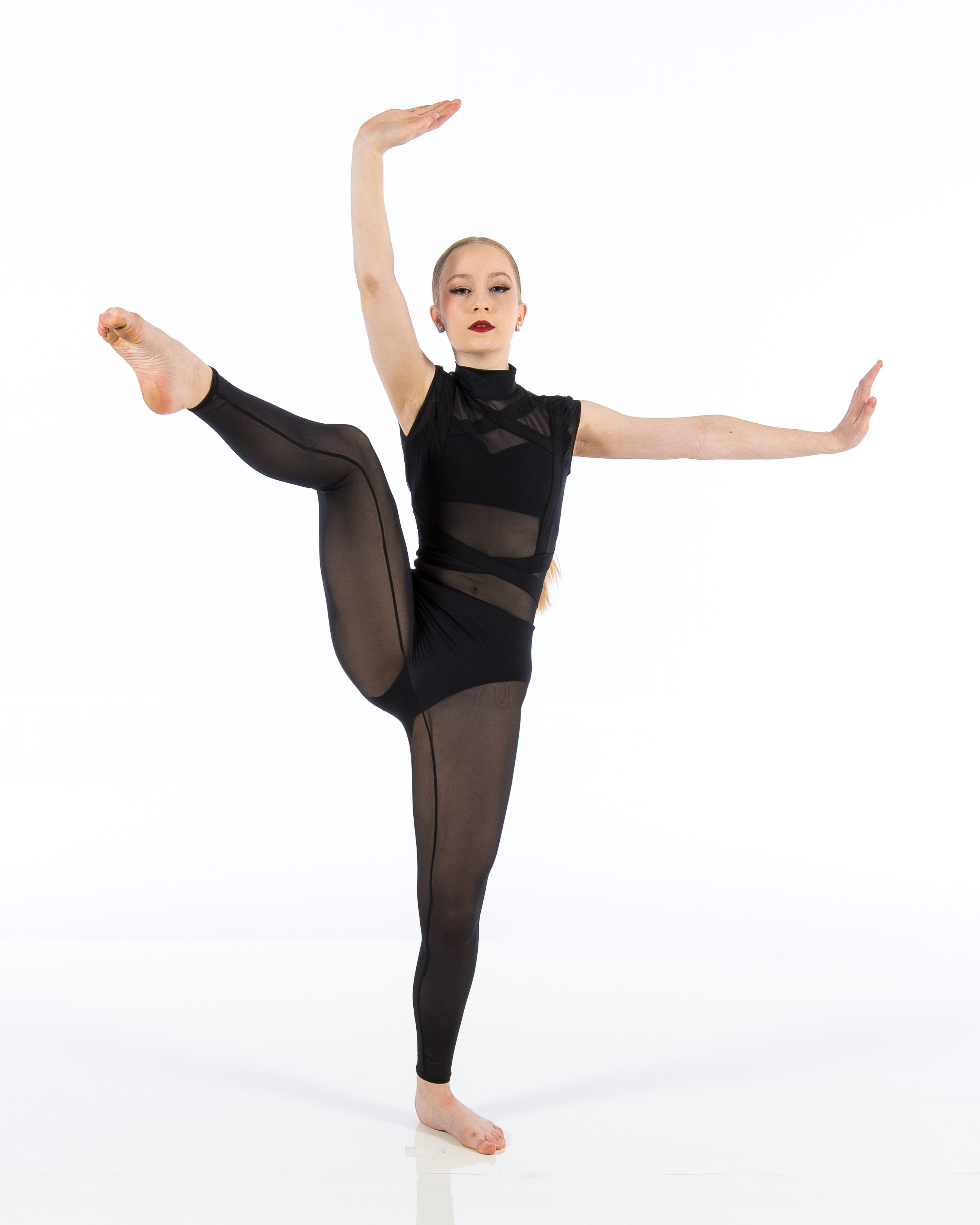Introduction: The Importance of Encouraging Creativity in Dance
In a world where conformity often reigns, encouraging risk-taking and originality becomes crucial, especially in the realm of dance. Young dancers, brimming with potential, are at a pivotal phase in their artistic journey. They stand on the brink of self-discovery, where their unique expressions can flourish or dwindle based on external influences. The dance studio serves not just as a training ground but as a nurturing environment for these budding artists to explore their creativity.
Why is this so important? Well, each dancer possesses an individual voice that deserves to be heard. By embracing risk-taking and originality, we open doors to innovation within the art form itself. This article aims to delve into various strategies that dance studios can implement to foster an atmosphere where young dancers feel empowered to take creative risks and express their originality.
Understanding Risk-Taking in Dance
What is Risk-Taking in Dance?
Risk-taking in dance refers to stepping outside one’s comfort zone—trying new styles, improvising movements, or exploring themes that resonate personally with the dancer. It's about pushing boundaries and embracing the unknown.
The Role of Risk-Taking in Artistic Development
Risk-taking plays a fundamental role in artistic development. It encourages dancers to challenge themselves and experiment with different techniques or ideas. This exploration fosters growth—not just as performers but as individuals.
Why Do Young Dancers Hesitate to Take Risks?
Many young dancers may hesitate due to fear of failure, concern about judgment from peers or instructors, and the pressure to adhere to established norms. Creating an environment that alleviates these fears is essential for promoting creativity.
Creating a Safe Environment for Expression
The Importance of Trust in the Dance Studio
Trust is paramount when it comes to encouraging risk-taking. Dancers need to feel secure enough to express themselves without the fear of being criticized. Establishing strong relationships between instructors and students creates this necessary safety net.
Open Communication: Key Element for Encouragement
Encouraging open dialogue within the studio helps foster a culture of support. When dancers feel comfortable sharing their thoughts and ideas, they are more likely to take creative risks.
Celebrating Mistakes as Learning Opportunities
Instead of viewing mistakes negatively, studios should celebrate them as essential components of learning. Emphasizing that errors lead to growth encourages dancers to embrace experimentation wholeheartedly.
Incorporating Improvisation into Classes
What is Dance Improvisation?
Dance improvisation involves creating movement spontaneously rather than performing pre-choreographed sequences. It allows dancers the freedom to express themselves authentically.
Benefits of Improvisation for Young Dancers
Improvisation nurtures creativity by enabling dancers to explore their physicality without constraints. It enhances body awareness and encourages them to trust their instincts.

How To Introduce Improvisation Exercises
Start with warm-ups focused on free movement. Use prompts related to emotions or themes. Encourage group improvisation sessions where everyone contributes ideas. Offer structured improvisation tasks that guide exploration while allowing freedom.Fostering Originality Through Choreographic Challenges
What Are Choreographic Challenges?
Choreographic challenges require dancers to create original pieces within specific parameters—whether it's using particular movements or themes—pushing them creatively while maintaining some structure.
Setting Up Effective Choreographic Challenges
Provide clear guidelines but allow flexibility. Offer time for brainstorming before creating. Encourage collaboration among dancers for shared perspectives. Organize showcase events for students’ works focusing on originality over technical perfection.Integrating Diverse Dance Styles into Curriculum
Why Diversity Matters in Dance Education
Exposing young dancers to various styles broadens their horizons and fuels creativity by introducing different cultural perspectives and techniques.
How To Incorporate Multiple Styles Effectively?
Schedule guest teachers specializing in diverse styles. Create fusion classes combining elements from different genres. Ensure discussions revolve around how different styles influence personal expression.Emphasizing Storytelling Through Movement
The Power of Narrative in Dance
Storytelling adds depth and meaning; it invites audiences into a dancer's world while enhancing a performer’s emotional connection with their movement.

Techniques for Integrating Storytelling into Classes
Assign themes or narratives for group choreography projects. Encourage students’ personal stories as inspirations for solos. Use storytelling prompts during improvisational exercises.Encouraging Collaboration Among Dancers
The Benefits of Collaborative Work
Working together not only builds camaraderie but also encourages creative exchanges that can lead young artists down unexpected paths filled with originality.
How To Foster Collaborative Spirit?
Organize group projects requiring shared contributions. Host workshops focused on teamwork skills within choreography creation. Allow peer feedback sessions where constructive critiques are encouraged over negativity.Supporting Personal Expression Through Individual Projects
# Guidelines For Successful Individual Projects

Creating Performance Opportunities That Encourage Originality
# Types Of Performances That Highlight Originality
- Student showcases featuring original work Open-mic nights focused solely on student-choreographed pieces Community outreach programs emphasizing personal expression
Utilizing Technology As A Tool For Creative Exploration
# Ways To Leverage Technology For Creativity Enhancement 1.. Record classes allowing students review performances later analyzing strengths/weaknesses efficiently! 2.. Use apps designed explicitly around dance composition assisting choreographers develop fresh ideas via interactive tools!
Encouraging Risk-Taking And Originality In Young Dancers At The Studio: A Holistic Approach
Ultimately encouraging risk-taking requires holistic methods encompassing emotional support alongside technical training! Instructors must strive create environments cultivating both self-exploration & confidence-building amongst aspiring artists ensuring they leave every session feeling empowered ready tackle whatever lies ahead!
FAQs About Encouraging Risk-Taking And Originality In Young Dancers At The Studio
1.. How can I encourage my child’s creativity during classes? Providing them space explore freely while emphasizing enjoyment over perfection will spark joy fostering creative impulses naturally! 2.. What if my child is shy about taking risks? Gentle encouragement combined with positive reinforcement can help build confidence slowly over time! Participating collaborative activities reduces pressure too! 3.. Is it okay if my child prefers sticking traditional forms instead trying new things? Absolutely! Every dancer develops uniquely respecting individual preferences matters; however gently introducing diversified exposure remains key overall growth! 4.. How do I handle negative feedback from peers affecting my child's willingness take risks? Open dialogues discussing feelings surrounding critique helps normalize such experiences; remind them even professionals face similar challenges regularly! 5.. Are there age-appropriate ways foster originality without overwhelming kids? Breaking down complex tasks into bite-sized manageable goals allows younger dancers engage meaningfully whilst nurturing gradual explorations within safe confines! 6.. Can older teens still learn embrace risk-taking effectively compared younger ages? Certainly! It’s never too late cultivate these traits; teenagers often possess innate skills they’re unaware until prompted by supportive mentors facilitating growth journeys!
Conclusion: The Future Awaits Those Who Dare To Be Different!
Encouraging risk-taking & originality amongst young dancers transforms not just individuals but entire communities! By prioritizing environments nurturing exploration fostering authentic expressions we ensure future generations continue enriching arts enriching lives beyond mere performance stages but resonating deeply across society itself inspiring others dare dream bigger find https://www.dotyperformance.com/ dance studio voices worth hearing!